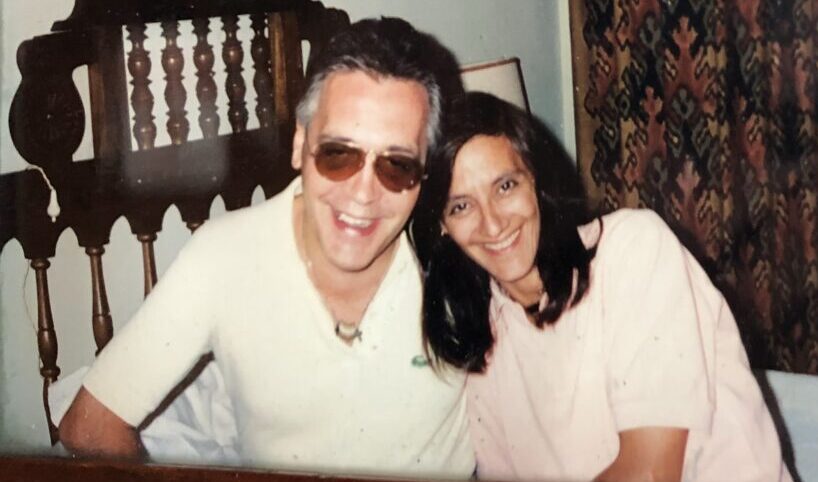Views: 1




CHAUL CANNON, PEDRO DIAS BOCARRO, 1594
After Hallowe’en, All Saints Day and here’s a bargain cannon with three saints. Cast by the Portuguese gunfounder Pedro Dias Bocarro of Goa for the Indian city of Chaul in 1594. The Virgin Mary is carrying the Christ child and a banner, accompanied by Saints Peter and Paul. XIX.91- Royal Armouries; calibre 18.3cm, length 388.6 cm. You can see it at Fort Nelson.
Big Cannon Project
Ruth Rhynas Brown 1 de novembro de 2019
The family of Francisco Bocarro, Chief Alcade of the fortress of
Ormuz, were Sephardim Jews from Portugal who converted to Catholicism. Three generations of them and are in the historical records mentioned as “New Christians”. They were all in the services of the Portuguese Empire in Asia. The fortress was captured by the Portuguese 1st of April1515. Ormuz was lost 3rd of May 1622.
Pedro Diaz Bocarro was the son of Francisco (Diaz) Bocarro, lived and worked in Goa. The legacy of Pedro Diaz Bocarro can be found in the casting of one of the most famous Church bells in Goa. This bell is located at the Lady of Rosary Church at Monte Santo in Old Goa. This church was built during the years of 1544-1547.
There are historical records that bears testimony that the Bocarro family were involved in the production at the ancient Arsenal of Goa, capture in 1510 by Alfonso De Albuquerque.
The governor Duarte de Meneses, understood, at best the place of the old smelter Francisco Dias, was taken by his son Pedro Dias Bocarro. His appointment as master of casting artillery of the State of India, would have been around the time of 1588. Cargo later confirmed by King Philip II in royal letter of 12 October 1599. Pedro Dias Bocarro, it would be after his appointment sent to Chaul in order to restore and develop the artillery foundries, established there.
The only cannon, known and cast by Pedro Dias Bocarro in foundries Chaul, is dated 1594 and a part, Portuguese, the most beautiful at that time. Was known for “Chaul Cannon” and later, in 1843, was “plundered” by the British in Hyderable,taken to England, exposed in the “Tower of London” and displayed as a magnificent trophy of war.
Other cannons and bells melted Peter Bocarro in Goa, but after the “Chaul Cannon”, three more culverins, the years 1622 and 1623, are at the Castle of St. George, and Military Museum of Lisbon; three bells: one in the tower of the Church of Ternate, another the “Dignity Bell” in Goa Sé Cathedral and yet another in the Church of St. Peter in Malacca (foundries 1603.1605 and 1608).
Source:
1 comment
Like
Comment
Share
1 comment
- José Bárbara BrancoEm 1594 Chaul não era uma “Indian city” mas sim uma cidade portuguesa. Ainda hoje lá estão os símbolos portugueses nas portas da cidade ( minha fotografia, 2011).

